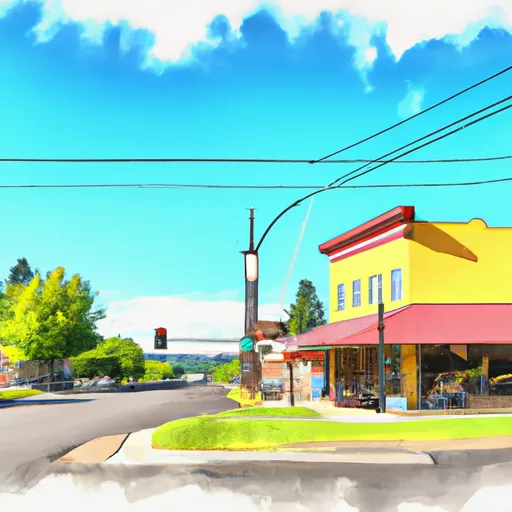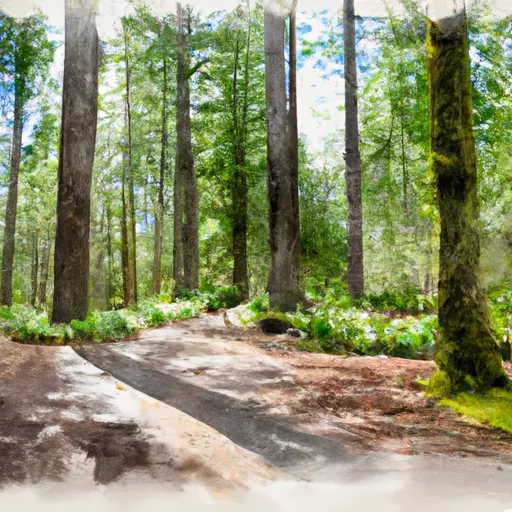°F
°F
mph
Windspeed
%
Humidity











Mill City is a charming town in Oregon, renowned for its stunning natural surroundings and abundant outdoor recreation opportunities. Located in the heart of the Santiam Canyon, the town experiences a mild climate with warm, dry summers and cool, wet winters. The temperature ranges from an average high of 85°F (29°C) in summer to an average low of 35°F (2°C) in winter.
Hydrology plays a significant role in Mill City, as it is nestled along the North Santiam River. The river offers various water sport opportunities, including fishing, kayaking, and rafting. Visitors can indulge in angling for salmon, trout, and steelhead, or simply enjoy a leisurely swim in the refreshing waters.
Outdoor enthusiasts will find plenty of recreational activities to engage in around Mill City. Nearby, the Santiam State Forest provides numerous hiking trails, offering breathtaking views and opportunities to explore the lush, forested landscapes. In addition, the nearby Mount Jefferson Wilderness Area beckons adventurers with its diverse range of activities, including camping, backpacking, and wildlife viewing.
In summary, Mill City provides a picturesque setting with its mild climate and proximity to the North Santiam River. It offers ample opportunities for outdoor recreation, making it an ideal destination for nature lovers and adventure seekers alike.
Weather Forecast
Mill-City receives approximately 1840mm of rain per year, with humidity levels near 84% and air temperatures averaging around 10°C. Mill-City has a plant hardyness factor of 8, meaning plants and agriculture in this region tend to thrive here all year round.
Regional Streamflow Levels
74
Cubic Feet Per Second
1,700
Cubic Feet Per Second
8,470
Cubic Feet Per Second
52
Cubic Feet Per Second
Nearby Camping
| Camping Area | Reservations | Toilets | Showers |
|---|---|---|---|
| Cascadia State Park | |||
| Fishermens Bend | |||
| Fernview | |||
| River Bend County Park | |||
| Sunnyside Park | |||
| Yellowbottom |



